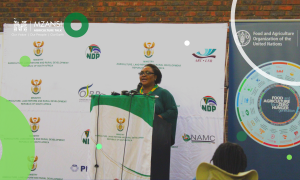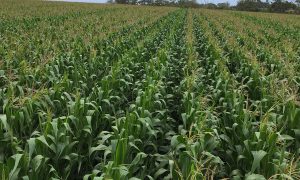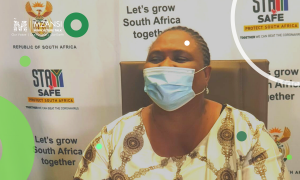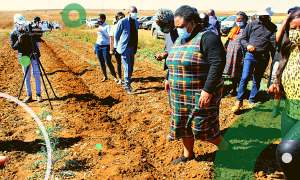Does inclusivity really matter in developing and growing the agriculture sector?

For years, the South African agricultural sector has been classified as dualistic in nature. This duality is remnant of historic segregative laws that divided the commercial (predominately white farmers) and smallholder/communal farmers (predominately black farmers). It has been over 25 years since South Africa’s transition into the democracy and key question is “what has been the progress in achieving an inclusive growth in the sector”?
The developing world partnerships have identified agribusinesses as the key enablers for the stimulation of market access which would bring about the commercialisation of smallholder agricultural producers. Although business cases as outlined through partnerships generally stands, the inclusiveness aspect often lags behind in practical terms due to the uncertainties in establishing trustworthy partnerships. This resulted in power imbalances amongst various partners entrusted to enhance inclusivity in the sector.
A structural change in the agricultural sector should embrace inclusivity in production and also ownership as a means to enjoy the wide range benefits of a transformed agricultural sector. The enablers such as finance, productive assets (i.e. land, water and infrastructure), skills, research and innovation cannot be excluded in order to achieve the inclusivity in the agricultural sector. For all these to happen, the willingness and participation of all players in the agricultural sector value chain becomes crucial.
Although there are claims that there are good inclusive farm business transactions models between the commercial and smallholder farmers that are implemented in the agricultural sector. It can be argued that even if there are farm business models that exists between the commercial and smallholder farmers, these has not yielded satisfactory results. The reason being that these approaches were as a result of partnerships are partially led by transformation policies by the government to address the binary character of the sector. The status quo that about 72% of land is in the hands of the commercial sector, whereas only 28% is in the hands of the smallholder farmers. Even that 28% the bulk is owned by government and smallholder farmers don’t always have access to state land. There is a high level of participation in the value chain by commercial sector compared to that of the smallholder sector. These has constrained smallholder farmers and agribusinesses to participate meaningfully in commercial value chains. The effects of the apartheid regimes remain visible even after 25 years of democracy. The government actively promotes inclusivity in all sectors of the economy, including the agricultural sector with a strategic objective to ensure transformation is attained for the betterment of all farmers and agribusinesses.
It can be outlined that an inclusive agricultural sector is one where government works together with its partners, including farmers and rural communities. A well-financed and developed segment that engages in large scale production activities supplying modern high value domestic and export market, including regional markets. A sector that promotes transparent partnerships, mentorships, and farmworker equity as instruments to redistribute land, assets and profits to previously marginalised groups and build skills among these people. All these shall contribute to an inclusive agricultural sector that is able to create jobs, promote equal and sustainable participation, and attract both local and international investment.
In conclusion, based on the arguments outlined in this article one would agree that indeed inclusivity really matter in enforcing transformation in the agricultural sector. This calls for real structural changes in the agricultural sector so to realise the benefits of an inclusive commercial value chains.



















